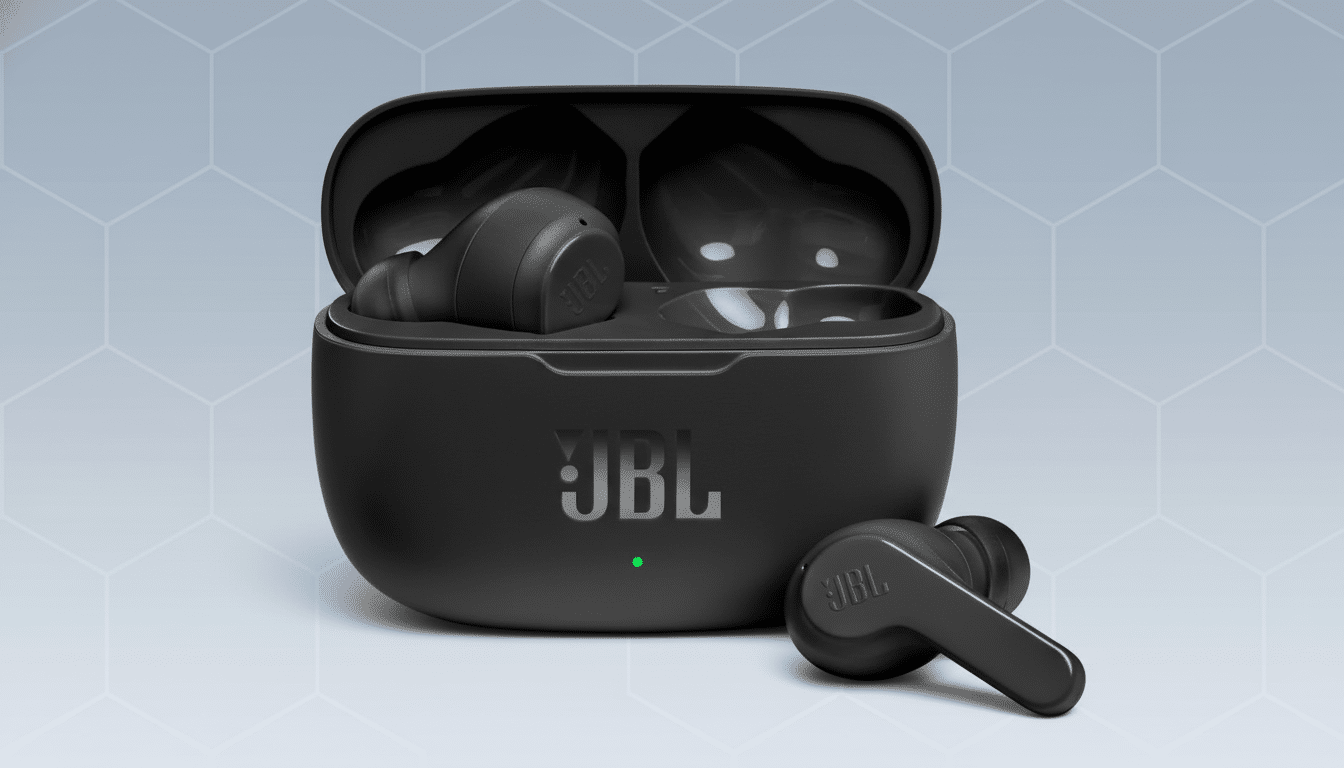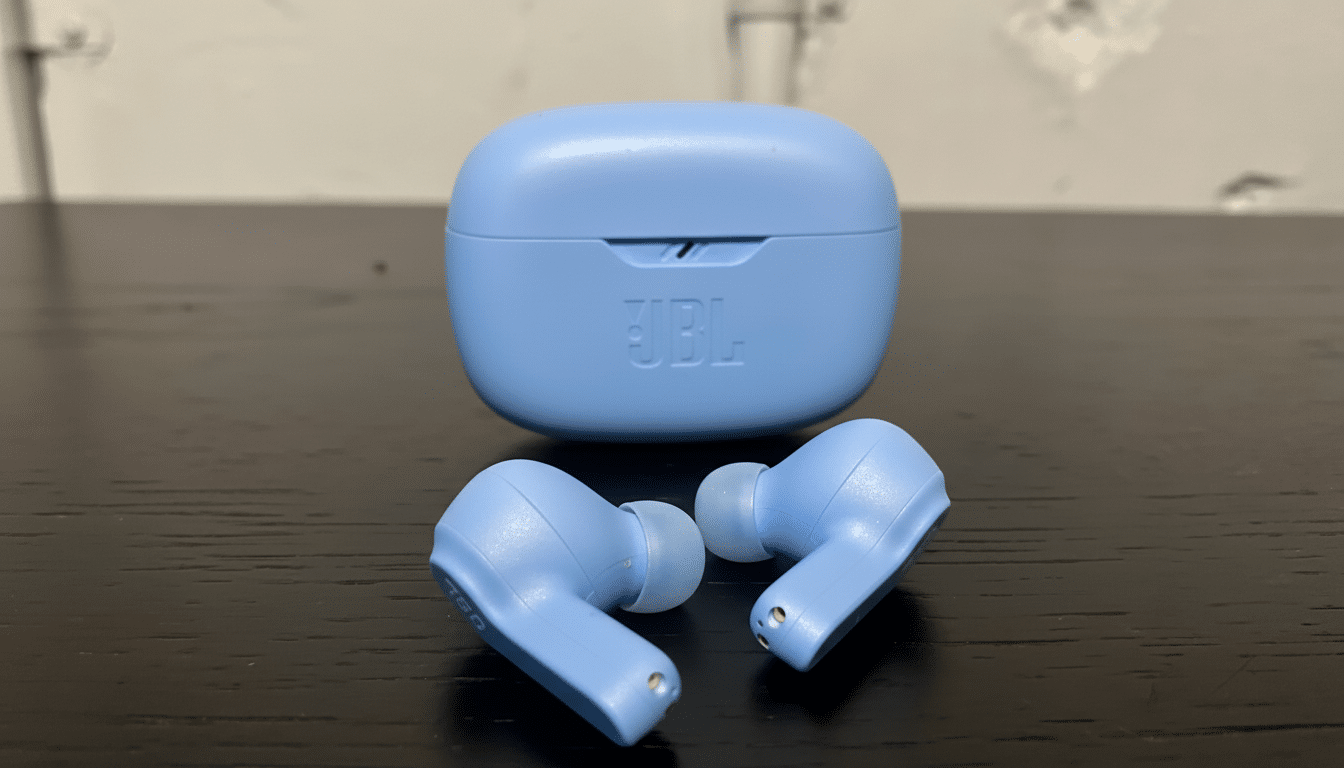When a mega sale ends, retailers don’t just turn the lights off. For several days after Prime Day, a surprising amount of small-ticket tech deals linger on without fanfare as sellers clear stock and algorithms keep coupons active. Even if you’re shopping with a strict $50 limit, you can still pick up spec-heavy gear—like true wireless earbuds, 2K security cams, Bluetooth speakers, smart plugs, storage hardware and software—without having to wait for the next event.
Top Holdovers Under $50 That Deserve a Look
Earbuds produce the largest “halo” effect. Models like JBL’s Vibe series regularly dip to sub-$50, even after giant promos, providing workout-friendly IP54 resistance against dust and splash, eight hours or more of earbud battery life and a quick-charge top-up that adds meaningful listening time in minutes. You’re not going to see flagship noise cancellation at this price, but the everyday audio and call clarity have come on very strong over the past two refresh cycles.

Ditto with compact speakers, which are another bright spot. Sony’s SRS-XB100-class portables are frequently on sale, and in addition to being IP67 durable they include a carry strap, fullish (if not deep) low end for casual listening at the park or kitchen counter. I’d expect all-day playback at moderate volume along with USB-C charging—two niceties that used to be reserved for products well above the $50 field up to this point.
Home security cameras are scoring above their price, as well. TP-Link’s Tapo C120-style units routinely land under $50 with 2K video, on-device or microSD storage and color night vision by way of built-in spotlights. Being able to bypass mandatory cloud subscriptions represents large cost savings over time. Search for compatibility with major voice assistants and activity-zone controls to minimize notification clutter.
Don’t overlook software. First-year licenses to full-suite antivirus like Norton’s 360 tiers pop up frequently for under $50, and many include multiple device protection along with a VPN, password manager and backup tools. Keep an eye on the renewal price later, but for short-term outlay it’s tough to argue with for households that need cross-platform protection on a shoestring.
Why the Effects of Mega Sales Stick Around
Post-event price stickiness isn’t accidental. Marketplace analytics firms like Marketplace Pulse and Numerator have outlined how third-party sellers offer coupons to clear out excess stock, and to keep the ball rolling from the spike in traffic. Adobe’s Digital Price Index has also revealed a consistent year-over-year deflation in consumer electronics, which gives retailers the opportunity to keep aggressive pricing going beyond a single promotional window.

Price-history tracking tools like Camelcamelcamel and Keepa map the pattern: a steep fall in price for advertising week, followed by several days of “good-enough” holdover pricing before a rebound. The window is slim—often 48 to 72 hours—so you would do best to act when things are still not too far off their seasonal bottom.
How to Verify a Real Tech Bargain After Major Sales
Check the price graph first. Should today’s number be within 5–10% of this product’s low for the past 90 days, then you are probably seeing a reasonable post-sale price. Beware the fake list price: The strike-through should correspond to historical pricing, not some retail markup.
Not just the star rating; also read that spec sheet. For earbuds, you’ll want Bluetooth 5.2 or newer, AAC support (for iPhone users) and at least 24 hours of total battery with the case. In a speaker, IP67 is solidly durable, and USB-C means you won’t have to juggle legacy cables. Check local storage options and whether core features (like motion zones, person detection) also work without a paid plan. As for antivirus, consider the number of devices and included VPN data as well as the length of time the program allows users to renew at a given price.
Finally, consider total ownership cost. A $30 camera that needs a $10 subscription every month may be more by six months than buying a $45 camera with local storage. Groups such as Consumer Reports and independent labs often emphasize this pitfall in long-term value comparisons.
Smart Tech Picks Under $50 You Can Grab Today
- Smart speakers: The latest Echo Dot-like devices regularly drop below $30 post-event, and include tap-to-play controls and improved drivers over previous generations. They are an inexpensive way to create a multiroom audio system or establish voice routines for lights and thermostats.
- Storage deep dive: 128GB and 256GB microSD cards often dip below $20 and under $25, respectively—handy for phone, Switch console or security cam users alike. Look for A2-rated cards if you’re concerned about app performance, or V30 if you want to do some 4K video capture.
- Chargers and hubs: A $25 or less 30W USB-C GaN charger future-proofs fast charging for most phones (and earbuds). Seven-in-one USB-C hubs that include HDMI and SD card slots regularly fall into the $20–$35 realm—a perfect buy for traveling or hybrid work scenarios.
- Mice and keyboards: Good wireless mice often trickle down to these prices, including midrange Logitech models that are usually under $25; also at this price point are smaller mechanical boards available from value brands. If you want an upgrade path that doesn’t replace the whole board, consider models with hot-swappable switches and PBT keycaps.
- Streaming accessories: Entry 4K streamers and simple HDMI capture dongles usually drop out at the $20–$40 tier, nice for a spare TV or casual video calls. Check for codec support (HEVC, AV1 if available) to not have the device become outdated so quickly over time.
Bottom Line: Post-Prime Day Deals Still Offer Value
Prime Day is in the rearview mirror but not without some good finds still lurking in the next discount lane. History with price checks, fine-print reading of specs and subscriptions—and use of durability standards including IP ratings and USB-C as top criteria. If you keep a weather eye on it, $50 goes a fair piece further than it did even a year ago—an outcome supported by broader electronics deflation and sellers eager to get the cart moving again after the rush was over.

